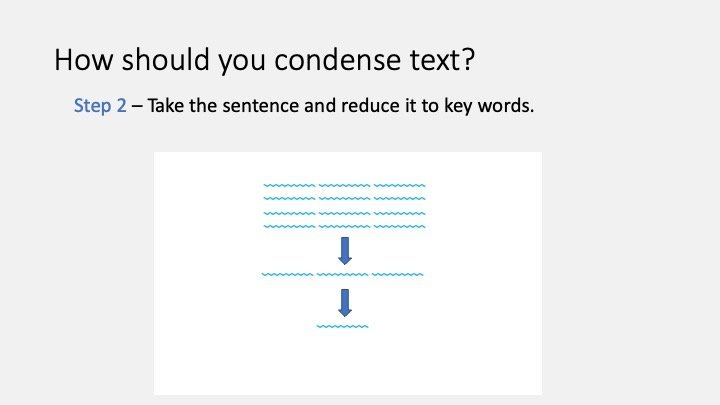
Under Preserve fidelity when saving this document, do either of the following: However, embedded fonts will increase your document file size. In most cases, you won't need the resolution to be higher than that.Įmbedded fonts let people read or print your document with the fonts you used to write it, even if they don't have those fonts on their system. In the Default resolution list, select a resolution of 150ppi or lower. Make sure that Do not compress images in file is not selected. Note that if you discard editing data, you won't be able to restore the image after you edit it. This option removes stored data that's used to restore the image to its original state after it's been edited. Under Image Size and Quality, do any the following: This option uses the default resolution you set in File > Options > Advanced. Under Target output, select Use document resolution.

This option removes the cropped picture data but note that if you delete the cropped picture data, you won't be able to restore it. Make sure that Apply only to this picture is not selected so that the changes you make here will apply to all pictures in the document. In the Compress Pictures dialog box, do any of the following: There are days when I'm obsessively changing and testing a single prompt for hours - sometimes even weeks on end - just so I can get them to work.Select a picture in your document, and then click the Format tab. New language models come out all the time, which means I'm always having to readjust my prompts.

It's a really strange intersection of my literary background and analytical thinking. As a poet, the role also feeds into my obsessive nature with approaching language. I love the "mad scientist" part of the job where I'm able to come up with a dumb idea for a prompt and see it actually work. In addition to the pure prompt-engineering part of my job, I also advise on how the models behave, why they might behave the way they do, which model to use, whether we can make a specific tool, and what approach we should take to do that.

It's my job, then, to write prompts that can get that query to generate the best output through: In simple terms, a user types something like, "write a product description about a pair of sneakers," which I receive on the back end. I do this by designing the text around a user's request. In practice, I spend my days writing text-based prompts - which I can't reveal due to my NDA - that I feed into the back end of the AI tools so they can do things such as generate a blog post that is high-quality, grammatically correct, and factually accurate. Since then, the scope of my job has grown I now help improve existing tools and create new ones with the goal of getting the AI to spit out the best responses for users.

Taking his advice, I managed to come up with a solution for better tone adherence, which led to a full-time job offer at the company. But then the founder explained that prompting is kind of like writing a spell: If you say the spell slightly wrong, something slightly wrong can happen - and vice versa. At first, I barely knew what I was doing. Soon after, I got offered a one-month contract to work on executing different types of tones. Account icon An icon in the shape of a person's head and shoulders.


 0 kommentar(er)
0 kommentar(er)
